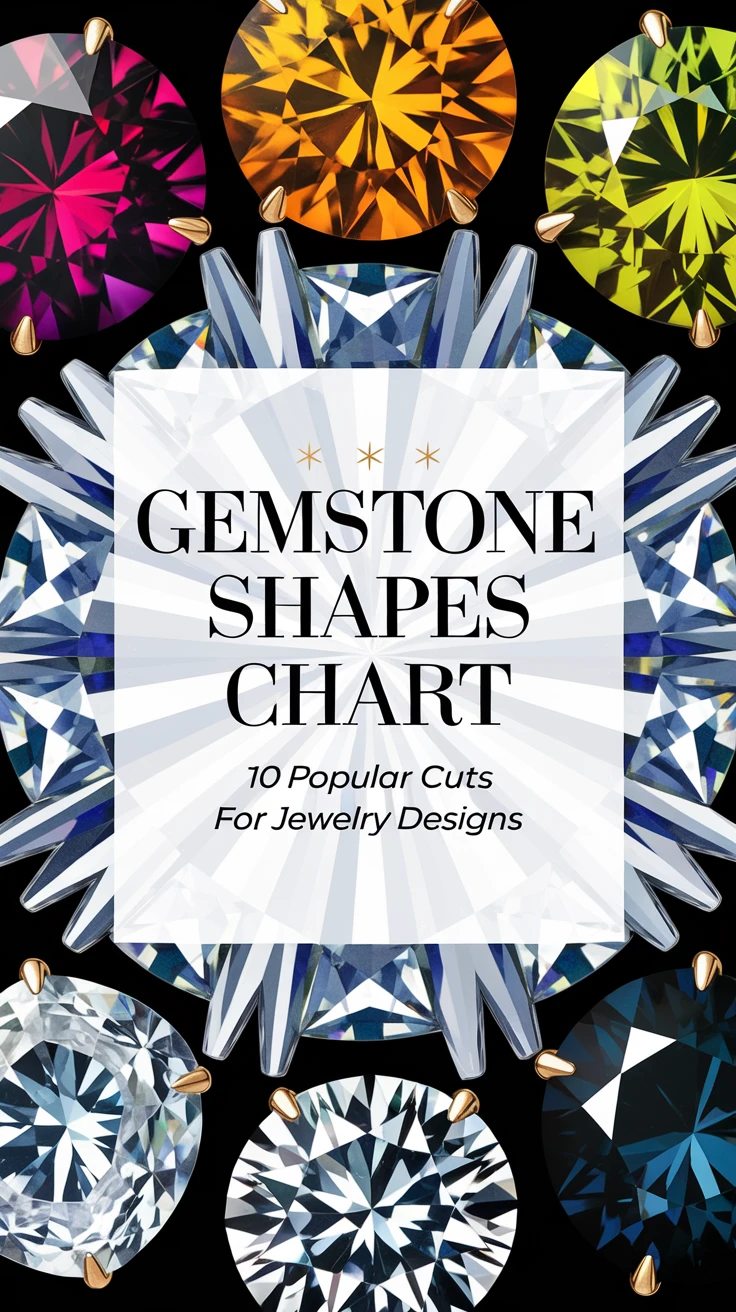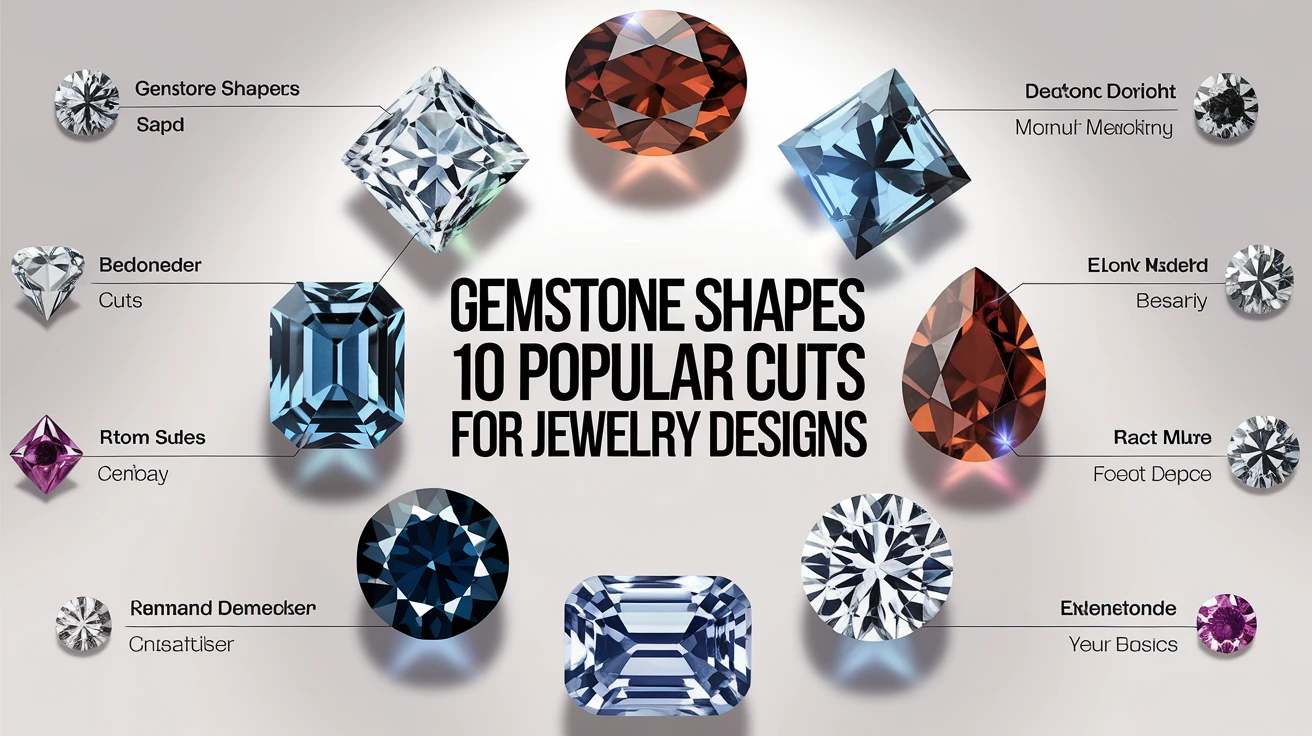
Introduction to Gemstone Shapes and Cuts
Understanding different gemstone shapes is crucial for anyone interested in jewelry design or collection. A gemstone shapes chart serves as an essential guide to the various cuts that can transform rough stones into dazzling jewels. Whether you’re a jewelry designer, collector, or simply shopping for the perfect piece, knowing these shapes will help you make informed decisions.
Each gemstone cut has its unique characteristics, affecting not only the stone’s appearance but also its brilliance, durability, and value. Let’s explore the 10 most popular gemstone shapes that have stood the test of time in jewelry design.
| Shape Category | Brilliance Level | Popular Applications |
|---|---|---|
| Brilliant Cuts | Highest | Rings, Pendants |
| Step Cuts | Moderate | Statement Pieces |
| Mixed Cuts | High | Versatile Use |
1. Round Brilliant Cut
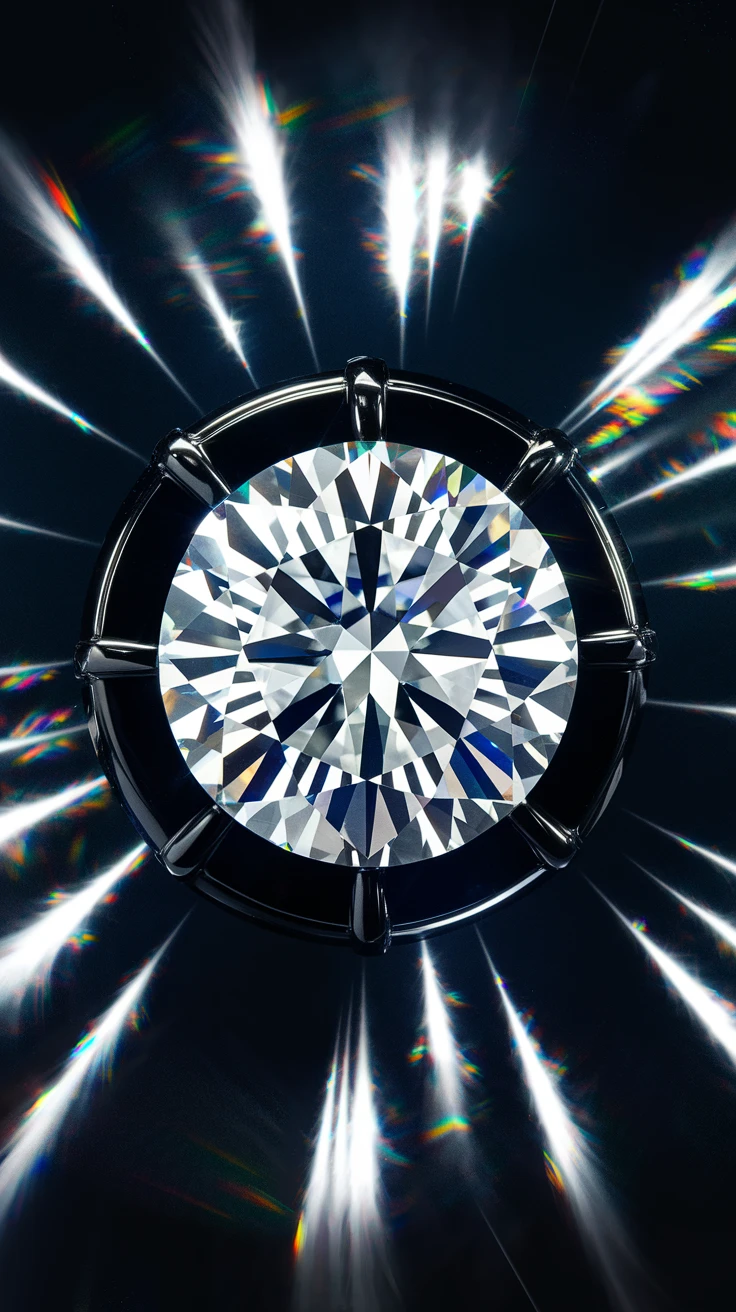
The round brilliant cut is the most classic and popular gemstone shape, accounting for over 75% of all diamond sales. This cut maximizes light return through its 57 or 58 facets, creating exceptional sparkle and brilliance.
- Optimal light reflection and refraction
- Most versatile for various jewelry settings
- Excellent for hiding inclusions
- Traditional choice for engagement rings
When selecting a round brilliant cut, look for symmetry and proper proportions to ensure maximum brilliance. This shape works well in virtually any setting and complements all hand shapes.

View on Amazon
As an Amazon Associate, I earn from qualifying purchases.

View on Amazon
As an Amazon Associate, I earn from qualifying purchases.
Pro tip: Choose a slightly larger setting than your gemstone to create the illusion of a bigger stone while protecting the edges.
2. Oval Cut
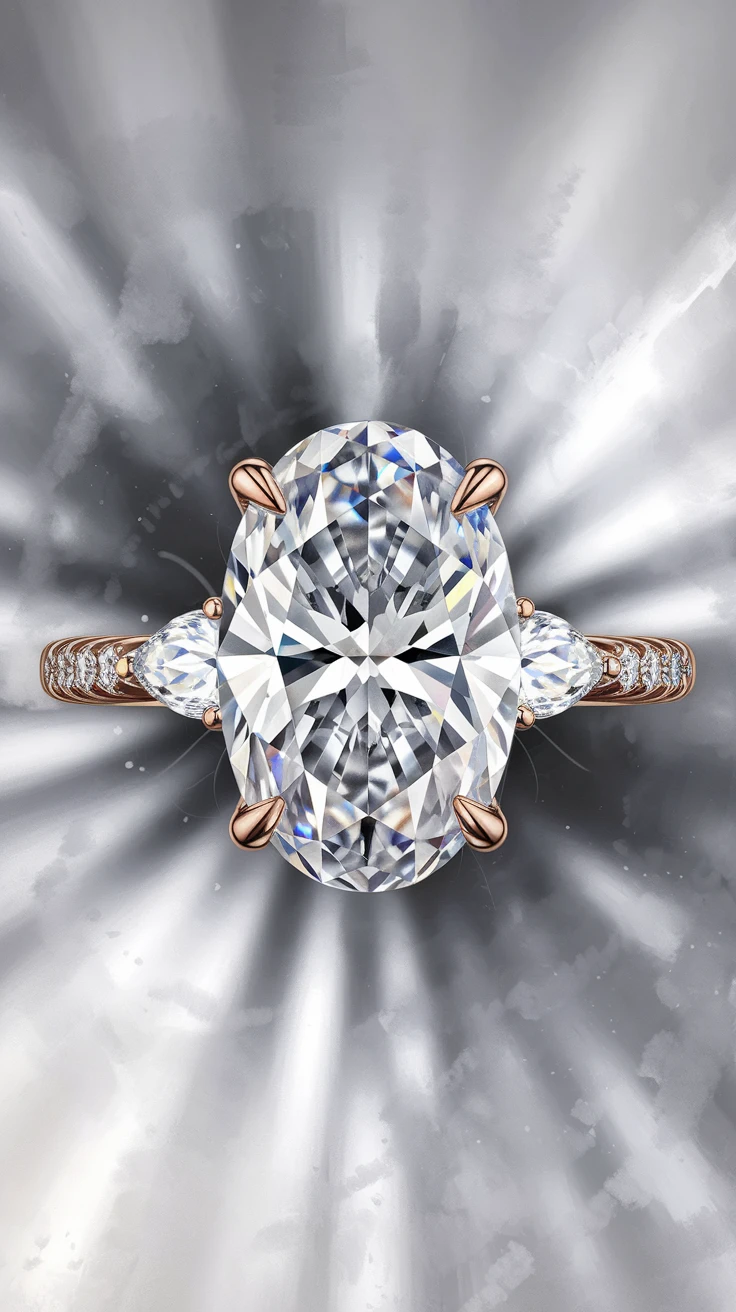
The oval cut is essentially an elongated round brilliant, offering similar fire and brilliance while creating the illusion of longer fingers. This shape has gained popularity in recent years for its modern yet timeless appeal.
- Elongating effect on fingers
- Appears larger than round cuts of the same carat weight
- Excellent durability due to absence of sharp corners
- Versatile for various jewelry designs
Oval cuts require careful consideration of the “bow-tie effect” – a dark area that can appear across the center of the stone. The best oval cuts minimize this effect while maintaining optimal brilliance.
Pro tip: Look for an oval cut with a length-to-width ratio between 1.3:1 and 1.7:1 for the most pleasing proportions.
3. Princess Cut
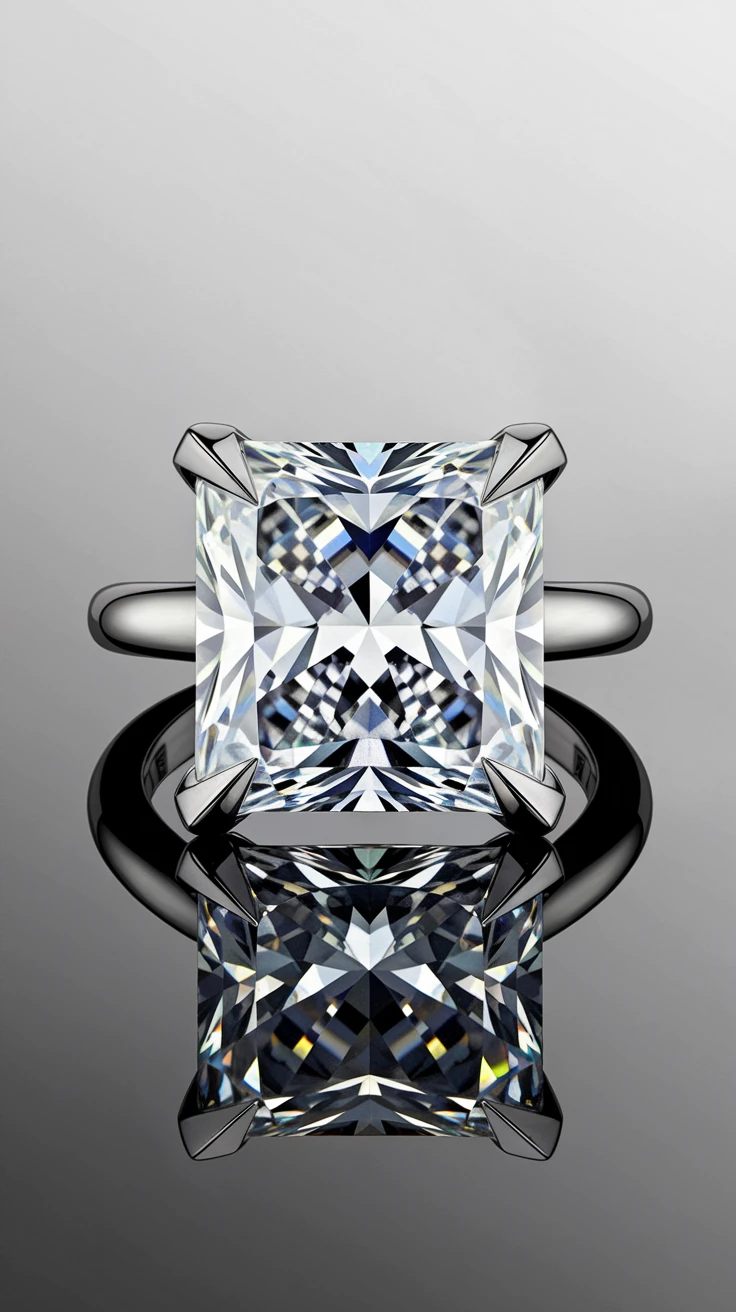
The princess cut combines the brilliance of a round cut with a contemporary square shape. This modern cut has become increasingly popular for engagement rings and statement pieces.
- Sharp, clean lines for modern appeal
- Excellent brilliance and fire
- Efficient use of rough stone material
- Versatile for various jewelry settings
The princess cut requires protective settings due to its pointed corners, but its brilliance and modern appeal make it worth the extra consideration in design.

View on Amazon
As an Amazon Associate, I earn from qualifying purchases.

View on Amazon
As an Amazon Associate, I earn from qualifying purchases.
Pro tip: Always use protective V-prongs or bezel settings to prevent chipping at the corners.
4. Emerald Cut
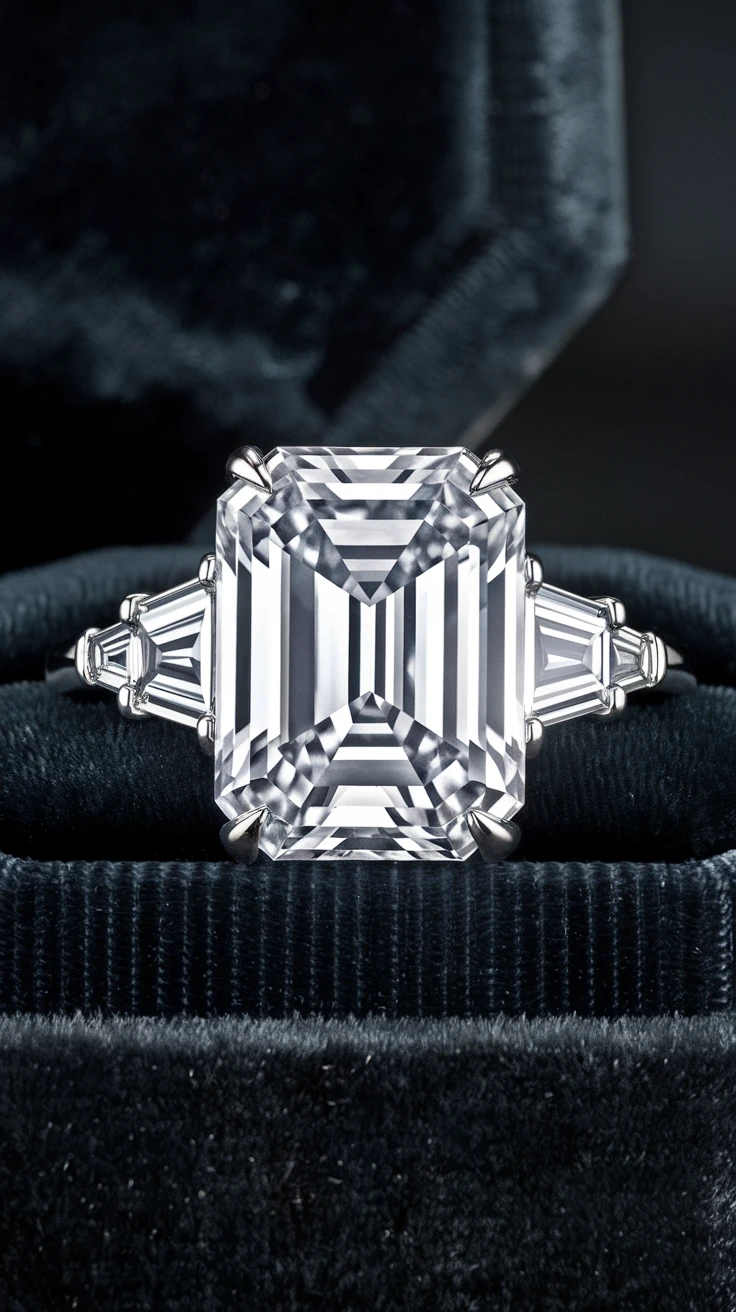
The emerald cut is a sophisticated step-cut characterized by its rectangular shape and straight linear facets. This cut emphasizes clarity and color over brilliance.
- Creates a hall-of-mirrors effect
- Emphasizes clarity and color
- Elegant and sophisticated appearance
- Perfect for colored gemstones
The emerald cut’s large, open table requires high-quality stones as inclusions are more visible. This cut is particularly stunning in colored gemstones like emeralds, sapphires, and rubies.
Pro tip: Choose stones with VS2 clarity or better for emerald cuts to ensure optimal transparency and beauty.
5. Cushion Cut
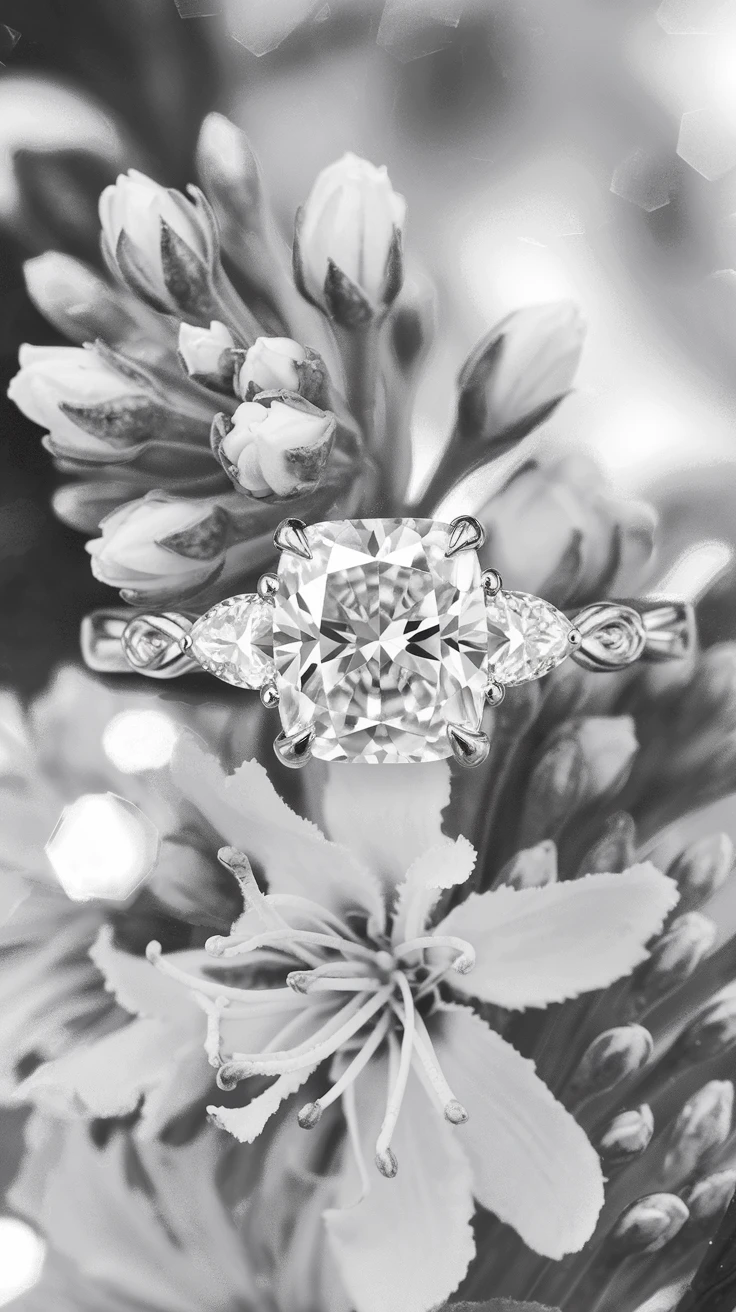
The cushion cut combines a square or rectangular shape with rounded corners, creating a soft, romantic appearance. This vintage-inspired cut has seen a revival in modern jewelry design.
- Excellent fire and brilliance
- Vintage appeal with modern versatility
- Great for colored gemstones
- Durability due to rounded corners
Cushion cuts can vary significantly in their appearance, from square to rectangular, and from “chunky” to “crushed ice” looks. This variety allows for personalization in design choices.

View on Amazon
As an Amazon Associate, I earn from qualifying purchases.

View on Amazon
As an Amazon Associate, I earn from qualifying purchases.
Pro tip: For colored stones, choose a deeper cut to enhance color saturation.
6. Pear Cut
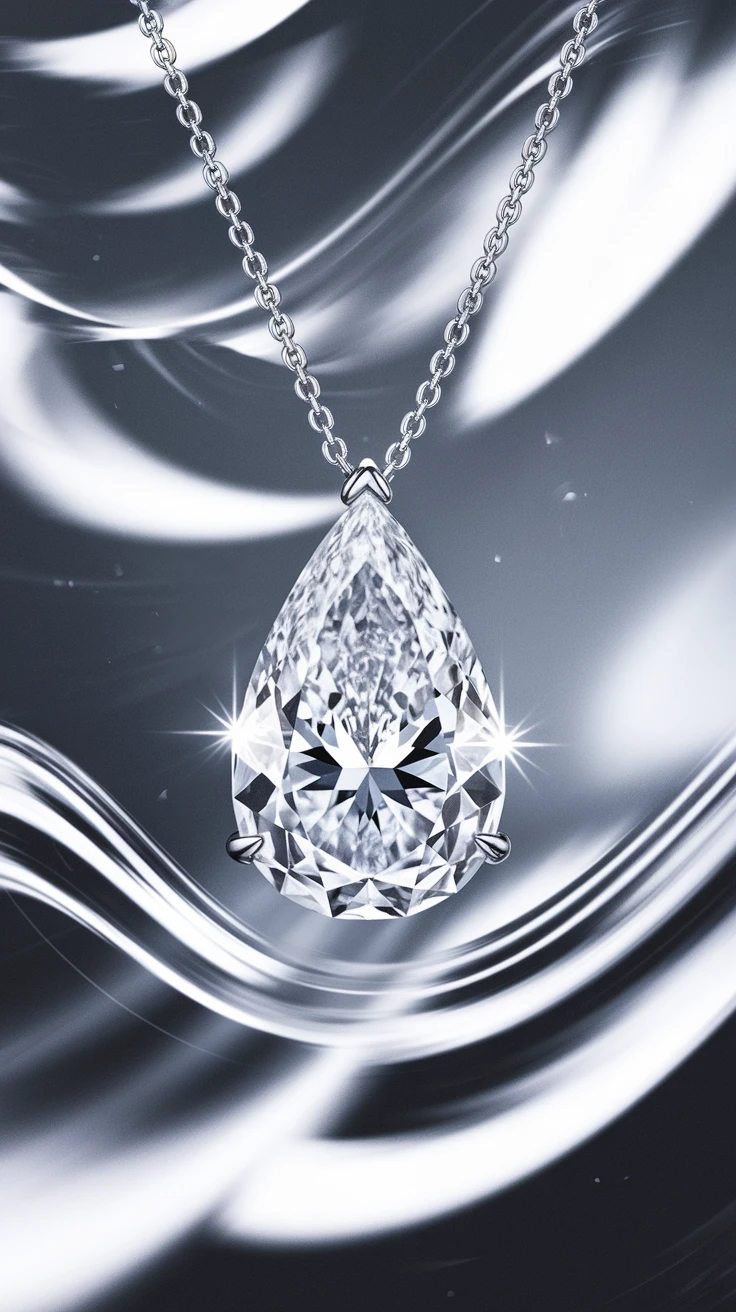
The pear cut, also known as the teardrop, combines the best features of the round and marquise cuts. This unique shape creates a slenderizing effect on the hand.
- Elegant teardrop shape
- Slenderizing effect on fingers
- Versatile orientation options
- Unique symmetry requirements
When selecting a pear-shaped stone, symmetry is crucial. The point should be perfectly aligned with the rounded end, and the shoulders should be gently curved.
Pro tip: Wear pear-shaped stones with the point facing either up or down, depending on the jewelry piece and personal preference.
7. Marquise Cut
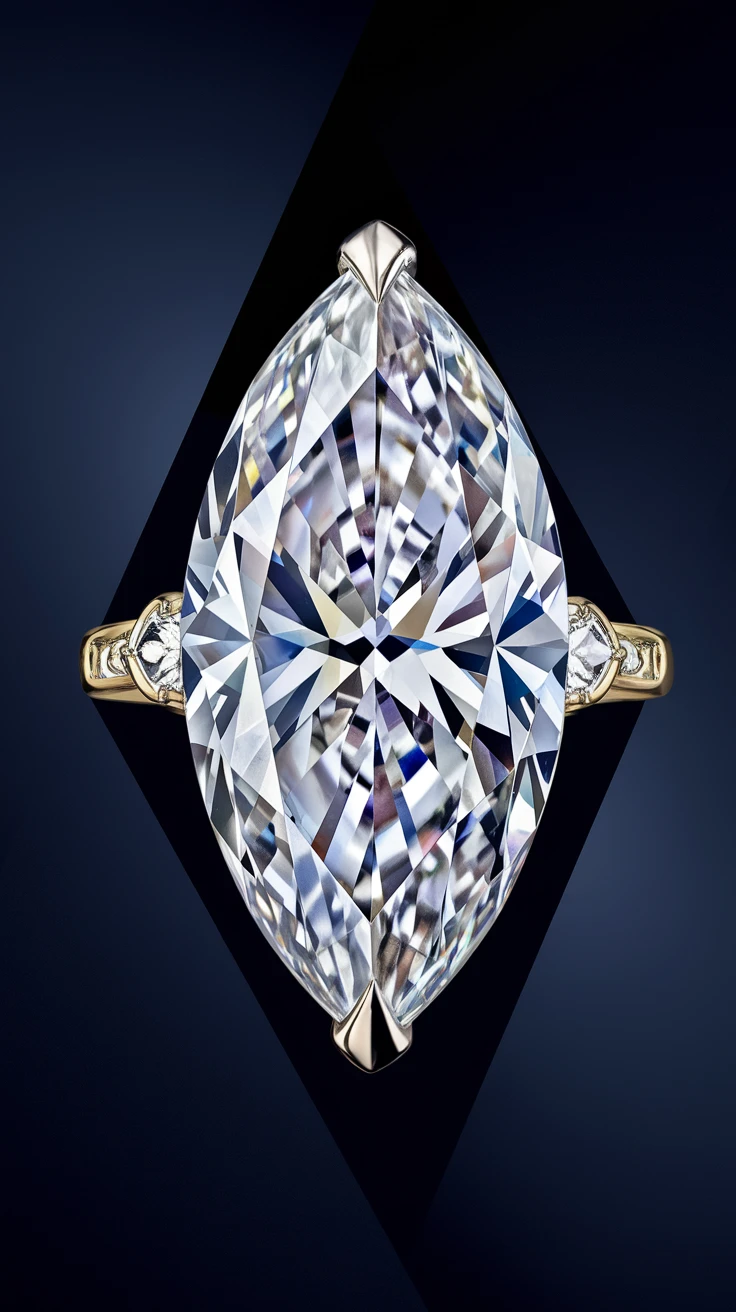
The marquise cut features an elongated shape with pointed ends, maximizing carat weight appearance and creating a dramatic effect. This cut has royal origins, dating back to King Louis XV.
- Maximizes apparent size
- Creates an elongating effect
- Unique historical significance
- Excellent for vintage designs
The marquise cut requires careful attention to symmetry and end points. The length-to-width ratio typically ranges from 1.75:1 to 2.25:1.

View on Amazon
As an Amazon Associate, I earn from qualifying purchases.

View on Amazon
As an Amazon Associate, I earn from qualifying purchases.
Pro tip: Use V-shaped prongs to protect the pointed ends and ensure proper setting alignment.
8. Radiant Cut
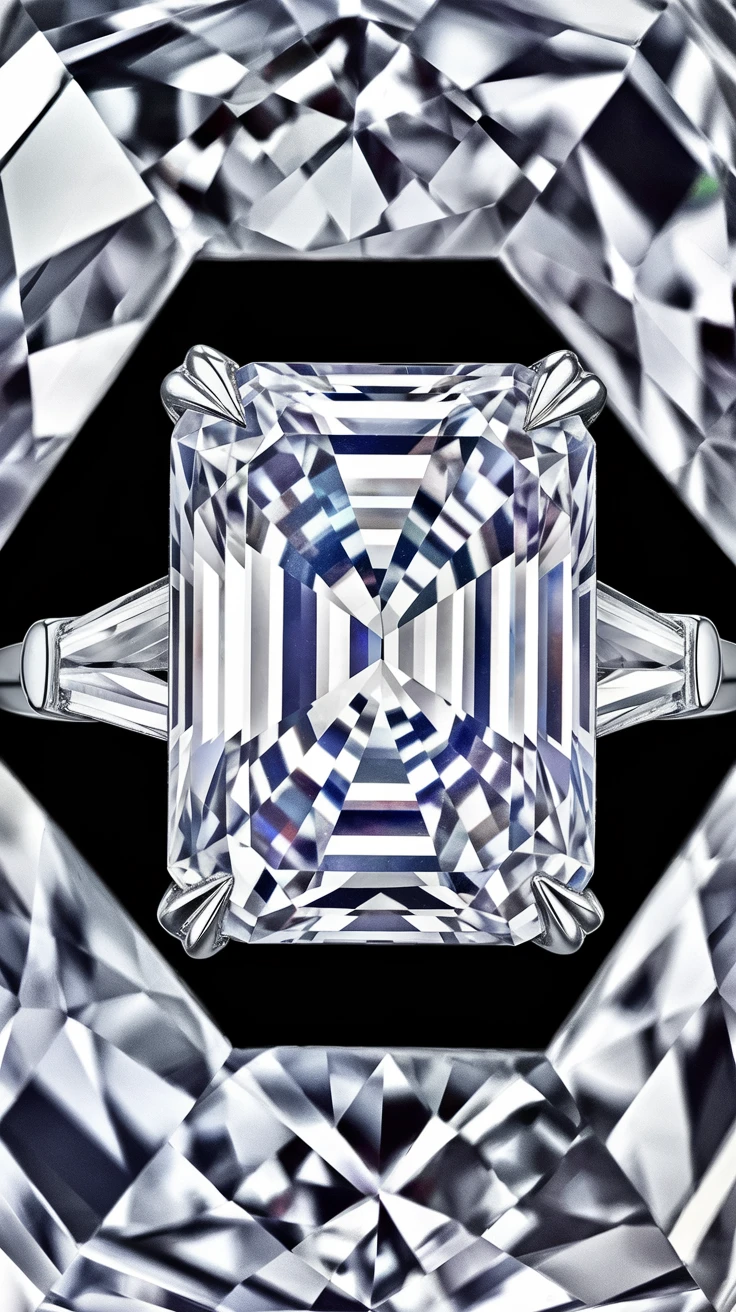
The radiant cut combines the elegance of the emerald cut with the brilliance of a round cut. This versatile shape works well in various jewelry designs.
- Brilliant faceting pattern
- Available in square or rectangular shapes
- Excellent for colored stones
- Good durability due to cut corners
Radiant cuts offer excellent versatility and durability while maintaining impressive brilliance. They’re particularly popular for colored gemstones.
Pro tip: Look for a length-to-width ratio of 1.0:1 for square cuts or 1.3:1 to 1.4:1 for rectangular shapes.
9. Asscher Cut
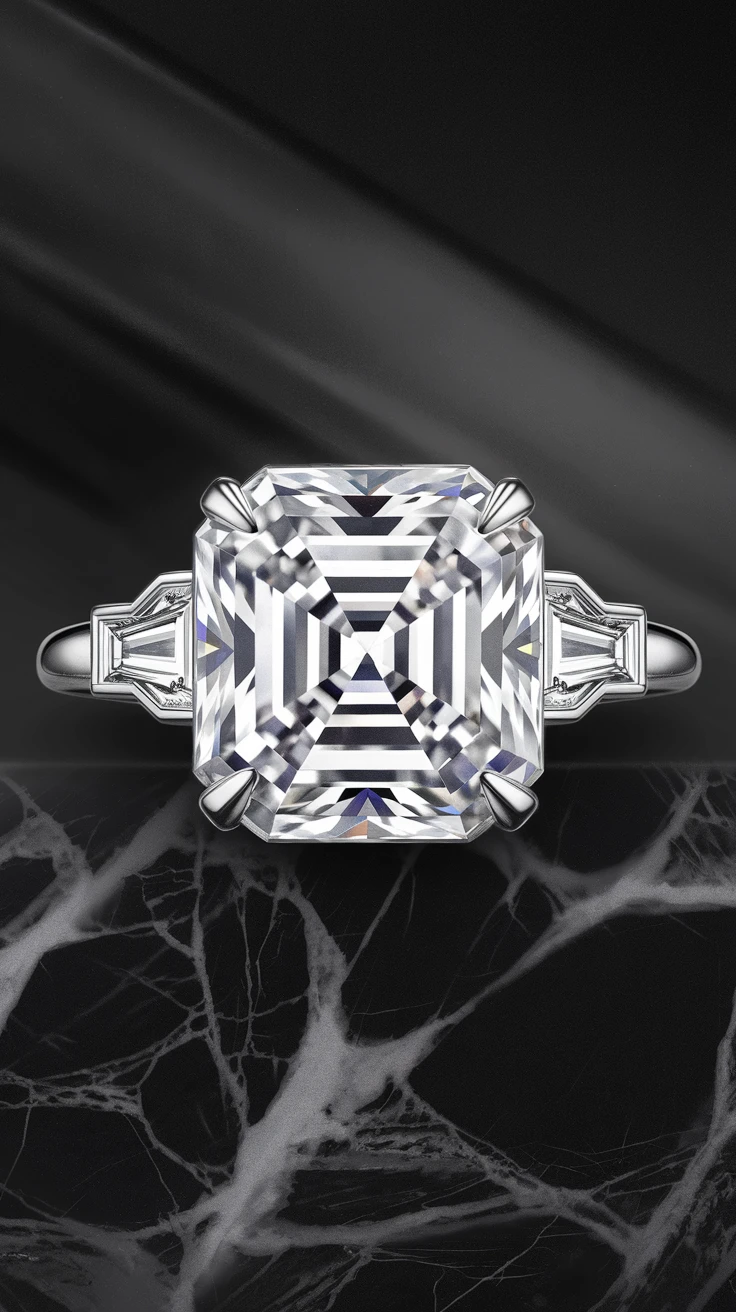
The Asscher cut is a square step-cut with large facets and cut corners, creating a distinctive “windmill” pattern when viewed from above.
- Art Deco aesthetic
- Unique faceting pattern
- High crown for dramatic depth
- Perfect for vintage-inspired designs
This architectural cut requires high-quality stones as its step-cut facets emphasize clarity. It’s particularly stunning in white diamonds and light-colored gemstones.

View on Amazon
As an Amazon Associate, I earn from qualifying purchases.

View on Amazon
As an Amazon Associate, I earn from qualifying purchases.
Pro tip: Choose stones with excellent clarity grades to maximize the cut’s hall-of-mirrors effect.
10. Heart Cut
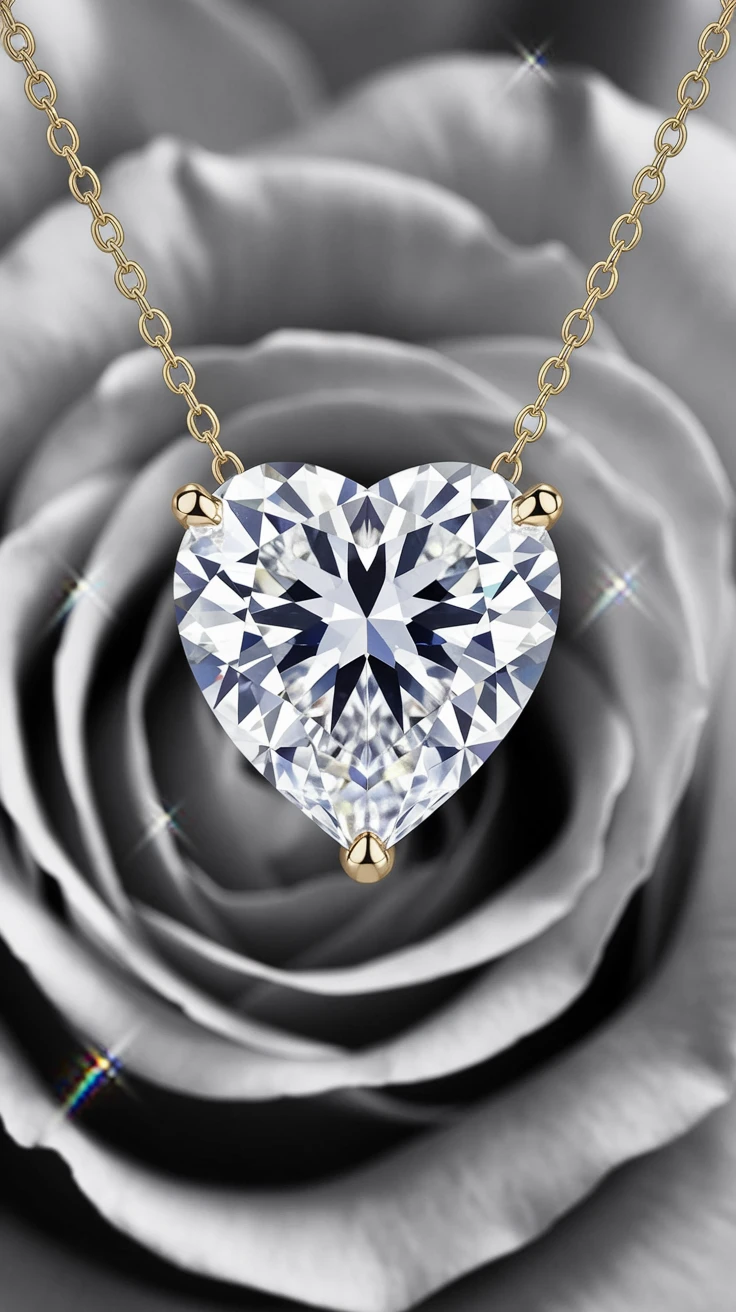
The heart cut is essentially a pear-shaped cut with a cleft at the top. This romantic shape requires skilled craftsmanship to achieve proper symmetry and proportions.
- Symbolic romantic meaning
- Complex cutting requirements
- Unique statement piece potential
- Best in larger carat weights
Heart-shaped stones should have a clearly defined cleft and perfectly symmetrical halves. This cut is particularly popular for pendants and statement rings.
Pro tip: Choose stones over 0.50 carats for the best visual impact and definition of the heart shape.
Key Takeaways
- Each gemstone shape has unique characteristics affecting brilliance and appearance
- Consider durability and maintenance requirements when selecting a shape
- Different shapes can create various optical illusions on the hand
- Setting choice should complement and protect the chosen shape
- Quality requirements vary by cut type
Conclusion
Understanding the various options in a gemstone shapes chart is essential for making informed jewelry decisions. Each cut offers unique advantages and considerations, from the classic brilliance of the round cut to the romantic appeal of the heart shape. Consider your lifestyle, preferences, and intended use when selecting the perfect gemstone shape for your jewelry design.
Frequently Asked Questions
Which gemstone shape is the most expensive?
Round brilliant cuts typically command the highest prices due to their popularity and the amount of rough stone wasted in cutting.
What’s the difference between a cut and a shape?
Shape refers to the overall outline of the stone, while cut refers to the arrangement and style of facets within that shape.
Which shapes show inclusions the most?
Step cuts like emerald and Asscher tend to show inclusions more readily due to their large, open facets.
How do different shapes affect a gemstone’s durability?
Shapes with pointed corners (princess, marquise) are more prone to chipping than those with rounded edges (round, oval).
What are the most popular shapes for engagement rings?
Round brilliant cuts remain the most popular, followed by oval and cushion cuts for engagement rings.
